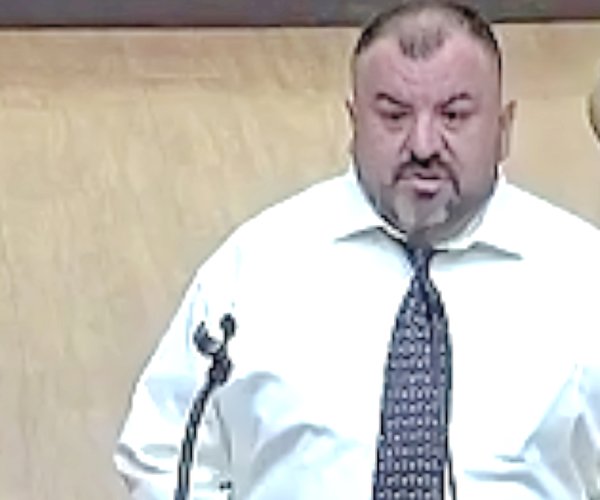A lot of pipeline construction work is occurring along Hatch Road east of Ceres that by 2023 will bring treated Tuolumne River water to city water customers.
The work has meant minimal disruptions for motorists traveling between Ceres and Hughson.
Through the Regional Surface Water Supply Project, the pipeline will transport Tuolumne River water treated at a new state-of-the-art water treatment plant to Ceres and Turlock households.
Work has already been underway to install a 42-inch pipeline from Fox Grove Fishing Access down Geer Road to Turlock and now west to Ceres between Hatch Road and the Turlock Irrigation District’s Ceres Main Canal. The pipe is being undergrounded between the canal and Hatch Road and then paved over.
The completed Ceres pipeline will feed into a 2-million gallon tank which is under construction at the eastern side of the Ceres River Bluff Regional Park on Hatch Road. The tank will be between the soccer field at the northeast quadrant of the park and its adjacent parking lot. Part of the tank will be placed underground.
Because of its proximity to the TID Ceres Main Canal, work on the Ceres pipeline had to wait until the canal is emptied for winter.
The surface water system is deemed essential for Ceres and Turlock to have a guaranteed source of good clean water. As water quality regulations tighten, cities have found that reliance on groundwater alone to meet demand requires expensive wellhead treatment. In times of drought that groundwater levels tend to drop, causing a higher incidence of contaminants.
The cities of Ceres and Turlock formed a joint powers authority named the Stanislaus Regional Water Authority (SRWA) to construct the plant and pipe delivery system. The JPA will buy raw water from the Turlock Irrigation District which has rights to some of the water flowing down the Tuolumne River.
Ceres will ultimately receive up to 15 million gallons of water per day while Turlock takes 30 million gallons. Two additional phases will increase the plant’s capacity to produce 45 million gallons per day for the two cities.
Both cities have enacted a series of rate increases in city water rates to pay for the $220 million plant. SRWA General Manager Bob Granberg said that the JPA borrowed $184.9 million for the plant after receiving $35 million in grant funds. Borrowing from the State Revolving Fund at 1.2 percent interest rate will save the project $100 million it would have incurred through municipal bond financing, he noted.
Ceres Public Works Director Jeremy Damas said the city will still use groundwater conjunctively with river water, especially in the summer, noting that summer peak water use hits 11 million gallons per day while the plant will only supply up to 5 million gallons. He estimated that during winter months about 75 percent of the water coming out of the tap will be the treated river water.
Granberg said that drawing less water from underground aquifers will allow for its recharge, and allow the city to shut down and repair wells as the need arises since there will be another source of water available. Having two sources of water will make Ceres more drought resilient, he noted, especially when TID is forced to scale back on releases from the dam as mandated by the state during times of drought.
Recently the state water board directed the reservoirs to curtail holding back water at the various dams which, if prolonged, could affect water to farmers if another year of drought is experienced. To whatever degree of water cutbacks to farmers is the same cut back in water allowed to be drawn by the SRWA plant. Currently TID has a 25 percent curtailment.
The surface water plant started in discussions about 30 years ago.
The SRWA maintains a website that tracks the project’s progress at www.stanrwa.com Progress is also being tracked on the Stanislaus Regional Water Authority’s Facebook page.
Hiring for the plant operation will take place from mid-2022 through early 2023.







